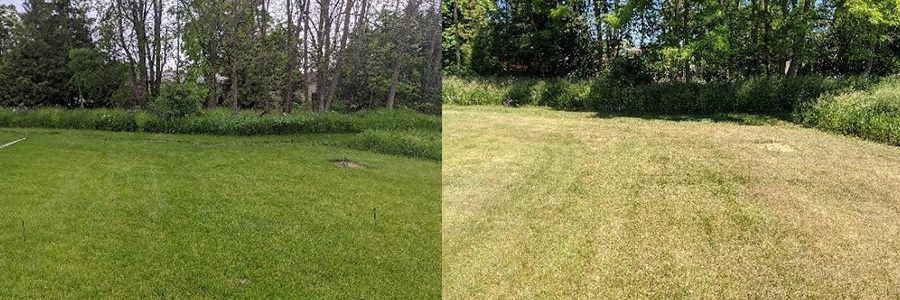Your Cart
(318) 828-2872
Call us for more information
Refer a Friend
Invite & Earn Rewards
Career
Opportunities


